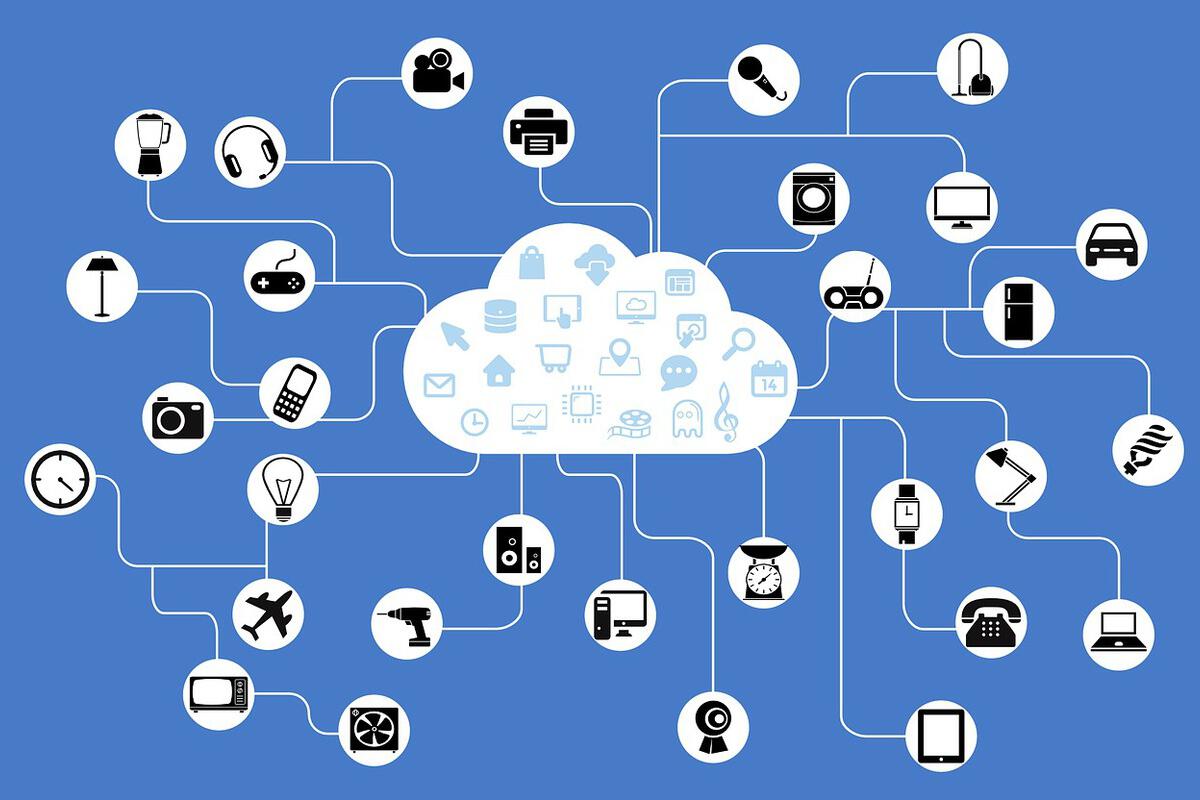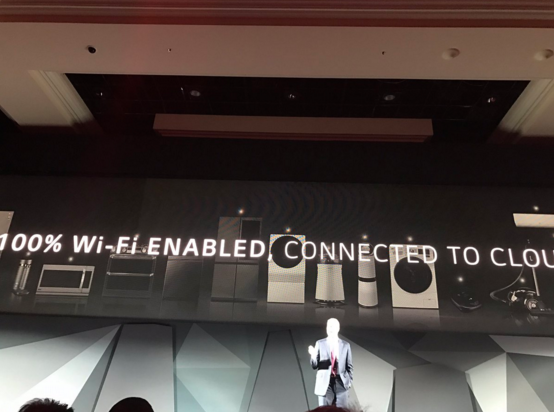Windows Trojan hacks into embedded devices to install Mirai

Attackers have started to use Windows and Android malware to hack into embedded devices, dispelling the widely held belief that if such devices are not directly exposed to the Internet they’re less vulnerable.
Researchers from Russian antivirus vendor Doctor Web have recently come across a Windows Trojan program that was designed to gain access to embedded devices using brute-force methods and to install the Mirai malware on them.
Mirai is a malware program for Linux-based internet-of-things devices, such as routers, IP cameras, digital video recorders and others. It’s used primarily to launch distributed denial-of-service (DDoS) attacks and spreads over Telnet by using factory device credentials.
To read this article in full or to leave a comment, please click here






